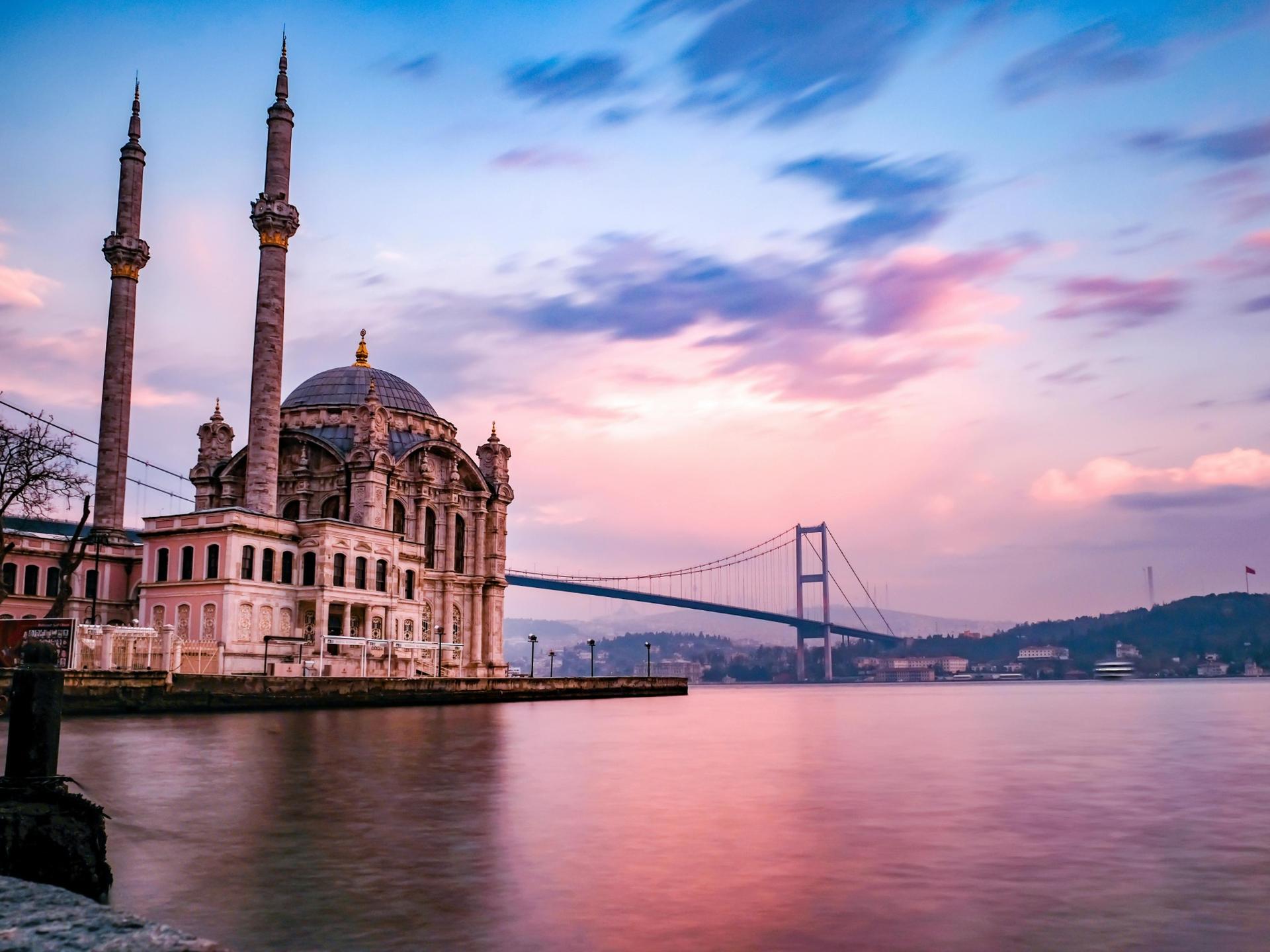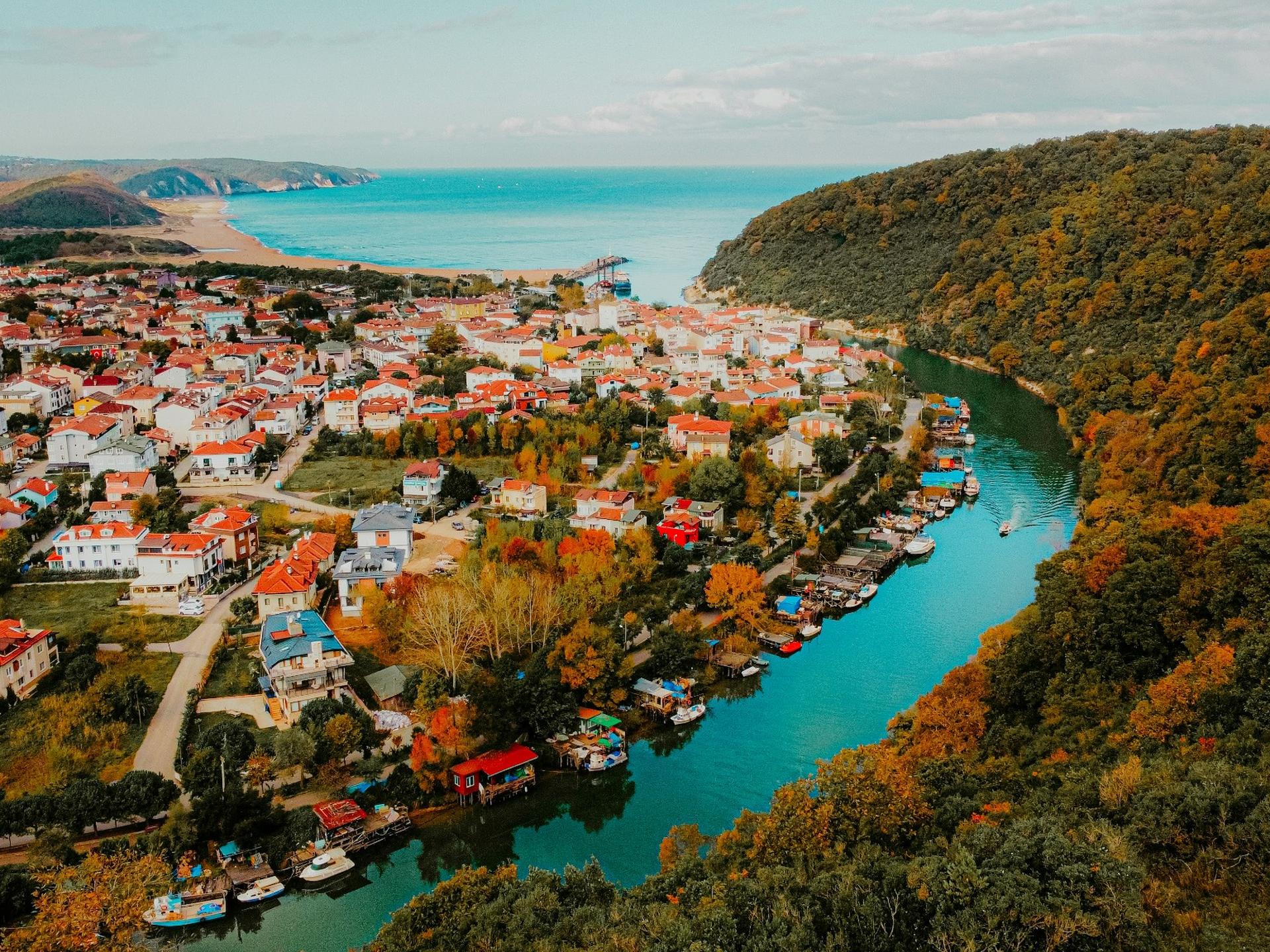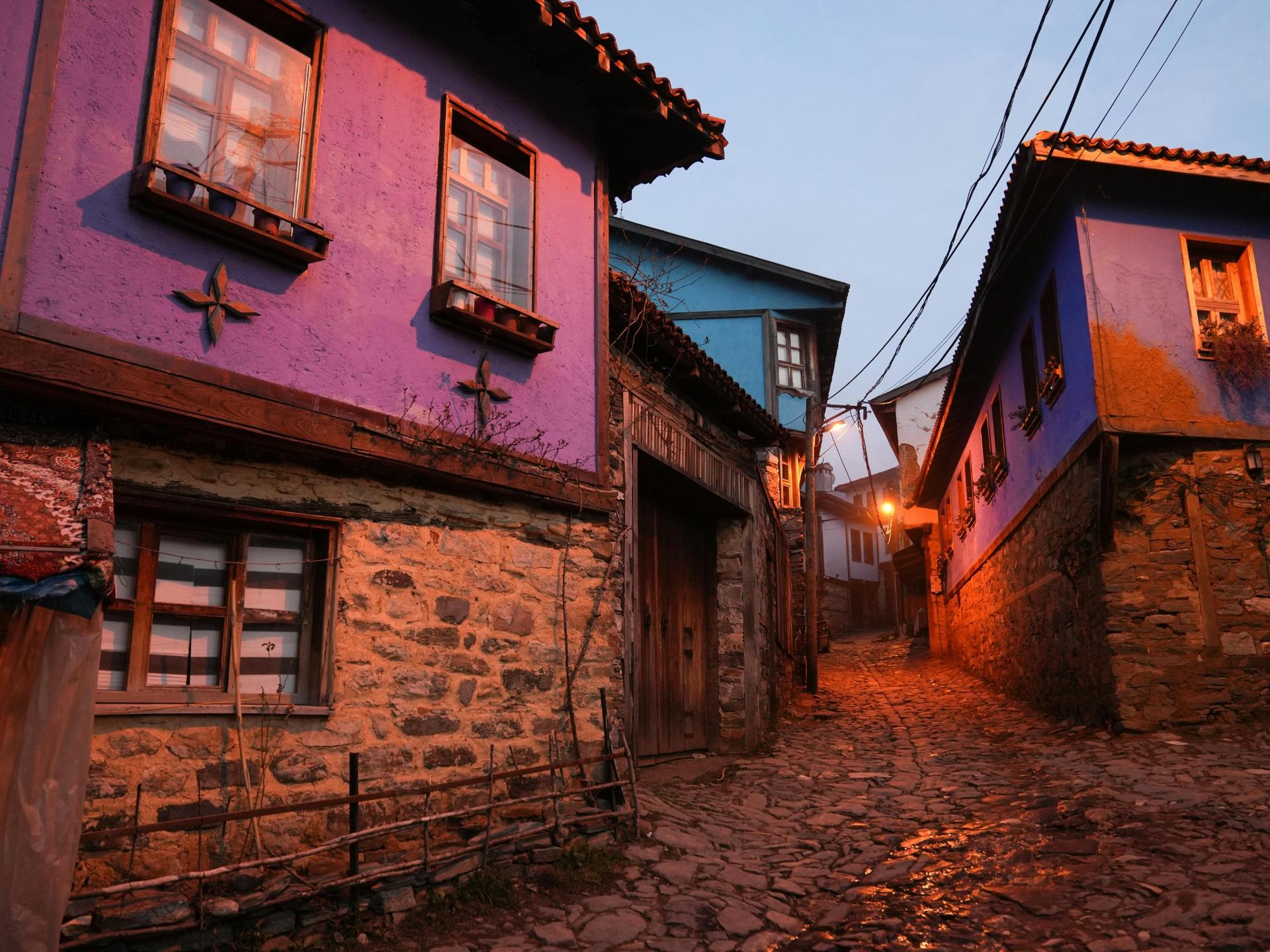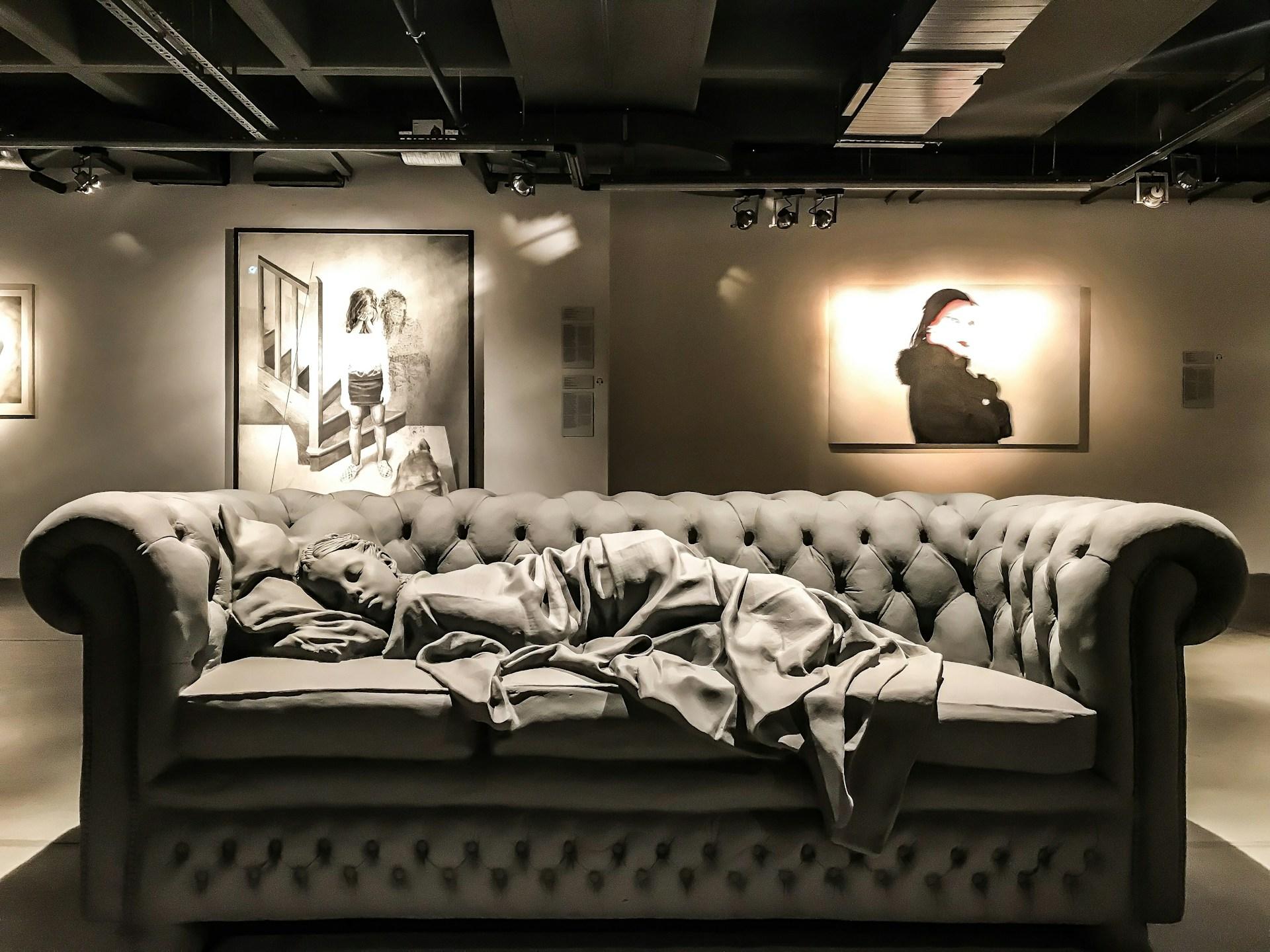The Palaces of Istanbul: From Topkapı to Beylerbeyi
- 23 October 2025
- 6 minute
- Places To Visit
Once the capital of empires, Istanbul still carries the echoes of that past grandeur. The streets, mosques, walls, and above all, its palaces stand as living witnesses to history.
Today, let’s walk through the stories of a chain of palaces stretching from Topkapı to Dolmabahçe, from Yıldız to Beylerbeyi. Each one reflects the spirit of a different era, revealing not just architectural elegance but also the transformation of an entire civilization. Ready to discover the palaces of Istanbul more closely?
Topkapı Palace: The Heart of the Ottoman Empire
Let’s begin with Topkapı Palace; the very heart of the Ottoman Empire for four centuries.
Rising at one of the most magnificent points of the Historic Peninsula, overlooking both the Golden Horn and the Bosphorus, Topkapı Palace’s location was no coincidence. It represented not just strategic but also symbolic power. Built right after the conquest of Constantinople, the palace still resonates with that rhythm and authority.
Visiting Topkapı today means stepping into not just a building but an entire world of centuries past. Outside, modern Istanbul buzzes with life; inside, time seems to slow. With its four courtyards and countless chambers, Topkapı feels less like a palace and more like a city unto itself. If you listen carefully, you can almost hear the footsteps of sultans and the echoes of janissaries behind the stone walls.
Start your visit at the Harem, the most intriguing section for both local and foreign visitors. With over 300 rooms, it offers a glimpse into the private world of the Ottoman dynasty. The Haseki Sultan’s chamber with its intricate tiles, the narrow passage known as the “Golden Road,” and the Treasury displaying dazzling artifacts like the Spoonmaker’s Diamond and the Topkapı Dagger; all tell stories of wealth and wonder. Here, “grandeur” isn’t just a word; it’s something you can see, touch, and almost feel.
Beyond power and splendor, Topkapı Palace was also a spiritual center. In the Chamber of Holy Relics, which houses the Prophet Muhammad’s (PBUH) beard and cloak, visitors instinctively lower their voices and slow their steps; reverence seems to fill the air itself.
Topkapı’s fame across the world also owes much to popular culture. Countless visitors have come here inspired by the globally acclaimed series Magnificent Century, drawn by the allure of its royal intrigue. For many, this visit turns fiction into reality; a vivid and emotional encounter with history.
Before you leave, take a short walk to Gülhane Park for a cup of tea. Sitting across from the silhouette of Topkapı Palace, you’ll find the memories of your visit still fresh in your mind, a perfect moment where past and present beautifully intertwine.
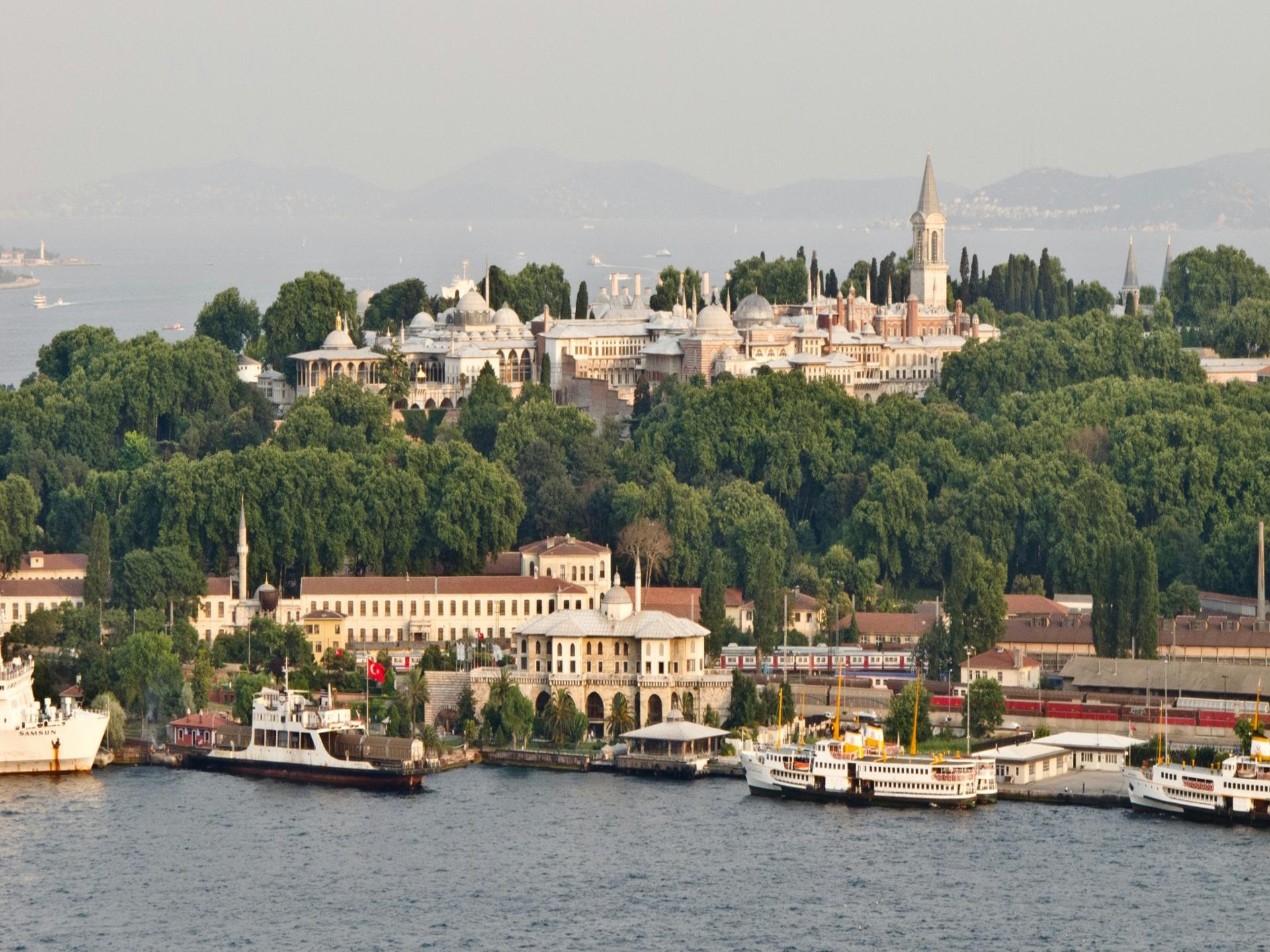
Dolmabahçe Palace: Western Breeze on the Bosphorus
Dolmabahçe Palace became the symbol of transformation during the Ottoman Empire’s final century. By the mid-19th century, Sultan Abdülmecid sought a new palace reflecting a more Western aesthetic, commissioning Dolmabahçe right on the Bosphorus. Blending European styles with Ottoman grace, it stood as an architectural embodiment of renewal and change.
Once you step inside, it’s hard not to be awestruck. The gilded ceilings, the massive 4.5-ton crystal chandelier, the dazzling Crystal Staircase, the grand Muayede Hall, English carpets, Bohemian glassware, Parisian furniture every corner reveals a new marvel. Dolmabahçe is less a royal residence and more an art gallery where 19th-century Europe meets the Ottoman soul.
One of the most poignant details awaits in Room No. 71. In the palace’s Selamlık section — once used for official duties — stands the room where Mustafa Kemal Atatürk, founder of the Republic of Turkiye, passed away. The clock in that room still stands frozen at 9:05, the moment of his death.
Beyond its splendor, Dolmabahçe carries deep emotional significance. From 1927 onward, Atatürk used the palace as his working residence in Istanbul. His simple bedroom, draped with a Turkish flag, stands as a silent reminder amid all the grandeur; a space of reverence where visitors instinctively fall quiet.
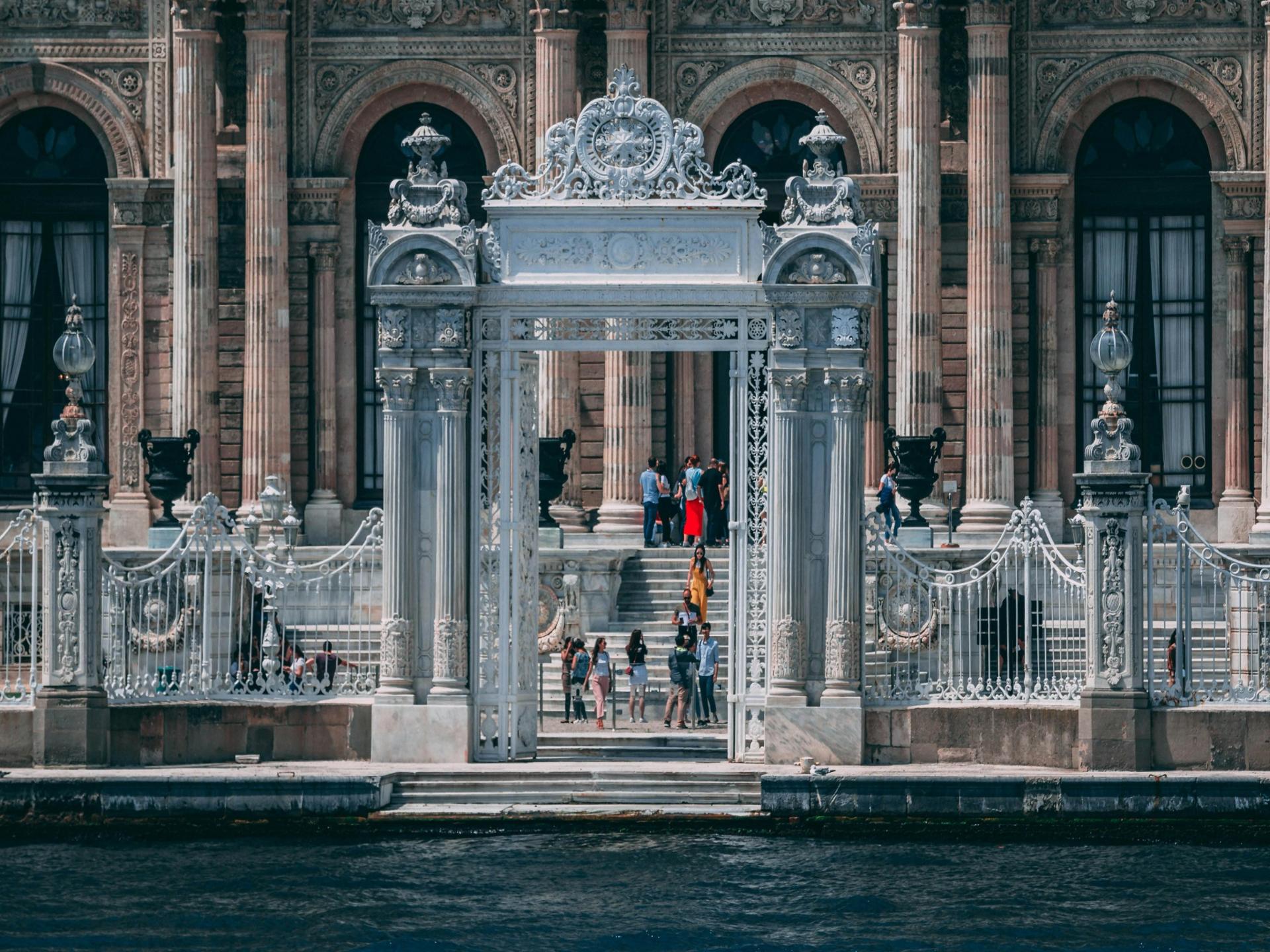
Yıldız Palace: An Empire Hidden Among the Trees
Now we turn to one of Istanbul’s lesser-known yet most captivating palaces: Yıldız Palace, nestled in the hills of Beşiktaş among lush woodlands.
Associated closely with Sultan Abdulhamid II, Yıldız differs from other palaces in many ways. Built out of the Sultan’s desire for privacy away from Dolmabahçe’s public setting, Yıldız draws its power from its seclusion rather than its extravagance.
The palace is a complex of interconnected pavilions serving various purposes; state affairs, hunting, and leisure. The most famous among them is the Şale Pavilion, constructed in the 1870s to host European guests, including Emperor Franz Joseph of Austria. With its crystal chandeliers, wall decorations, and an enormous single-piece Hereke carpet covering 400 square meters, the pavilion rivals Europe’s finest palaces. Abdulhamid’s personal study, filled with books and musical instruments, reflects his reserved yet cultured character.
Today, Yıldız Palace welcomes visitors to wander through its restored pavilions, tree-lined paths, and terraces overlooking the Bosphorus. Having breakfast in the garden of Malta Pavilion, where Ottoman sultans once rested, adds a special charm to the experience.
Çırağan Palace: The Bosphorus’ Most Elegant Story
Between Beşiktaş and Ortaköy, Çırağan Palace stands gracefully by the Bosphorus, representing the refined elegance of the Ottoman Empire’s later years. Its marble façades, arched windows, and colonnades capture the essence of 19th-century architecture.
Commissioned by Sultan Abdülaziz in the 1860s and designed by the famous Balyan family, Çırağan once hosted lavish receptions and parliamentary sessions. Its mosaics, ornate woodwork, and ceremonial halls combined Ottoman tradition with European sophistication. Though devastated by a fire in 1910, it was meticulously restored and continues to shine on the Bosphorus today.
What makes Çırağan truly unique is its intimate connection with the water. From its garden, you can walk right to the Bosphorus, where history and modern life meet at the shoreline. As the sun sets and the marble glows under the city’s lights, it becomes clear why the palace’s name means “illuminated.”
The word Çırağan comes from the Persian çerağ, meaning “light” or “festivity.” In the 18th century, the gardens along the Bosphorus were decorated with lanterns and oil lamps for dazzling night celebrations. The “Palace of Lights” inherited not only the name but also the spirit of those luminous nights.
After the 1910 fire, Çırağan fell silent for decades. Its marble frame survived, but its interiors were left in ruins. In the 1930s, the palace grounds found new life as Şeref Stadium, where Beşiktaş Gymnastics Club played its early matches. By the 1990s, after extensive restoration, the palace regained its former splendor.
From imperial residence to parliament, from stadium to luxury hotel; Çırağan Palace reflects Istanbul’s journey of transformation in one breathtaking story. Today, as part of the Kempinski Hotel, it hosts weddings, international events, and gatherings where the city’s elegance continues to shine.
Strolling through its seaside garden, you can almost hear whispers from the past behind the marble walls; a rare harmony of history and modernity that feels uniquely Istanbul.
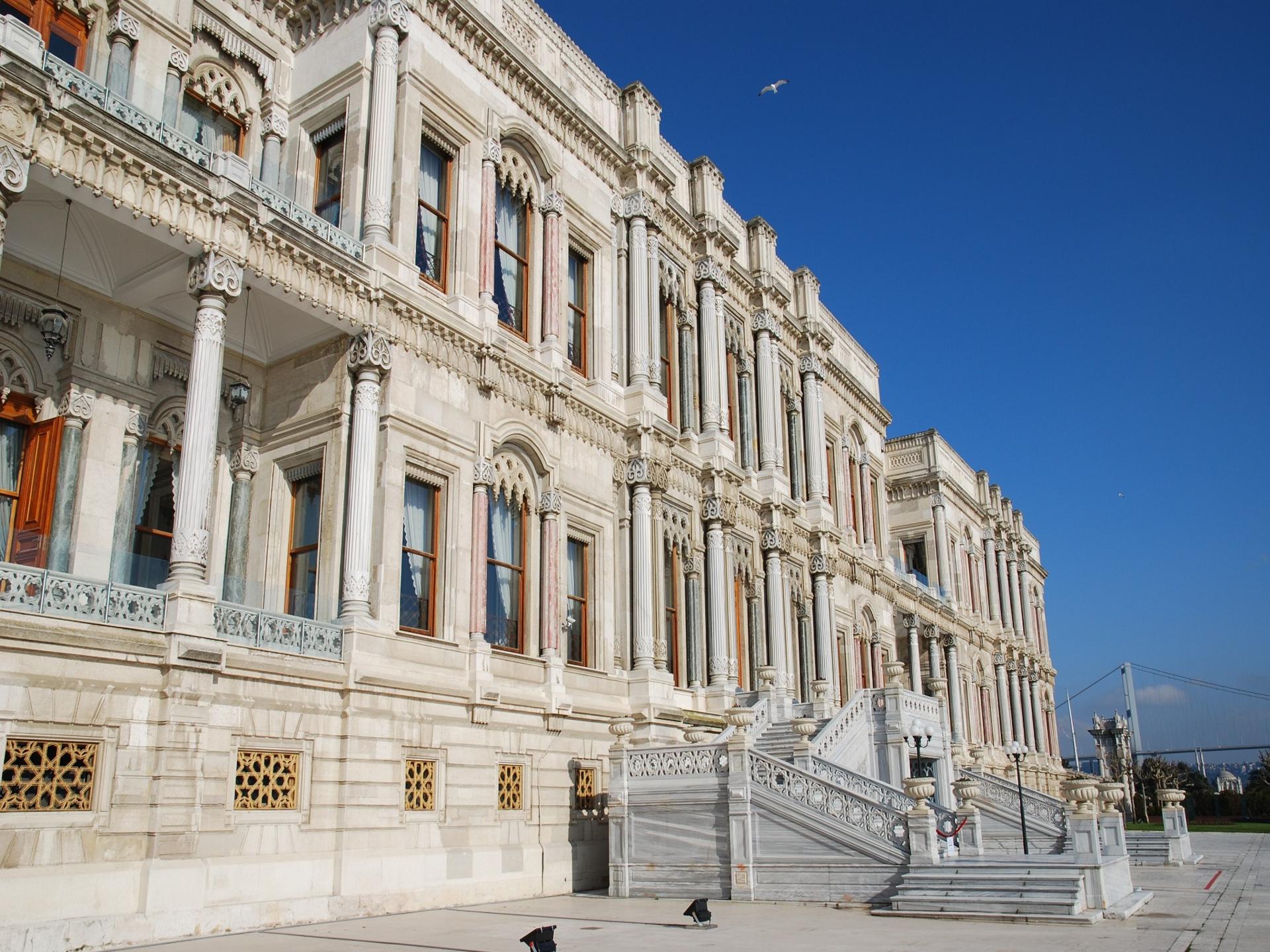
Beylerbeyi Palace: Grace Beneath the Bosphorus Bridge
Did you know that Beylerbeyi Palace, located in Üsküdar just beneath the Bosphorus Bridge, was originally designed as a summer residence?
Built in 1865, this white-marble Baroque gem reflects Ottoman elegance at its finest. Positioned right by the water, it stands somewhere between the Western opulence of Dolmabahçe and the traditional character of Topkapı; modest in appearance, yet filled with intricate detail.
While the exterior may seem simple, the interior tells a different story. Crystal chandeliers hang from high ceilings, walls are adorned with European paintings, and the floors are paved with Egyptian marble. The highlight for most visitors is the Marble Hall, featuring a cooling indoor pool designed for summer comfort; a perfect example of Ottoman practicality meeting aesthetic grace.
And then there’s the garden, a world of its own. Once walked by sultans, princes, and visiting dignitaries, it mesmerized guests like Empress Eugénie of France in 1869. With its waterfront pier, palm trees, colorful flowers, and small gazebos, the garden offers one of the most enchanting views of Istanbul you’ll ever see.
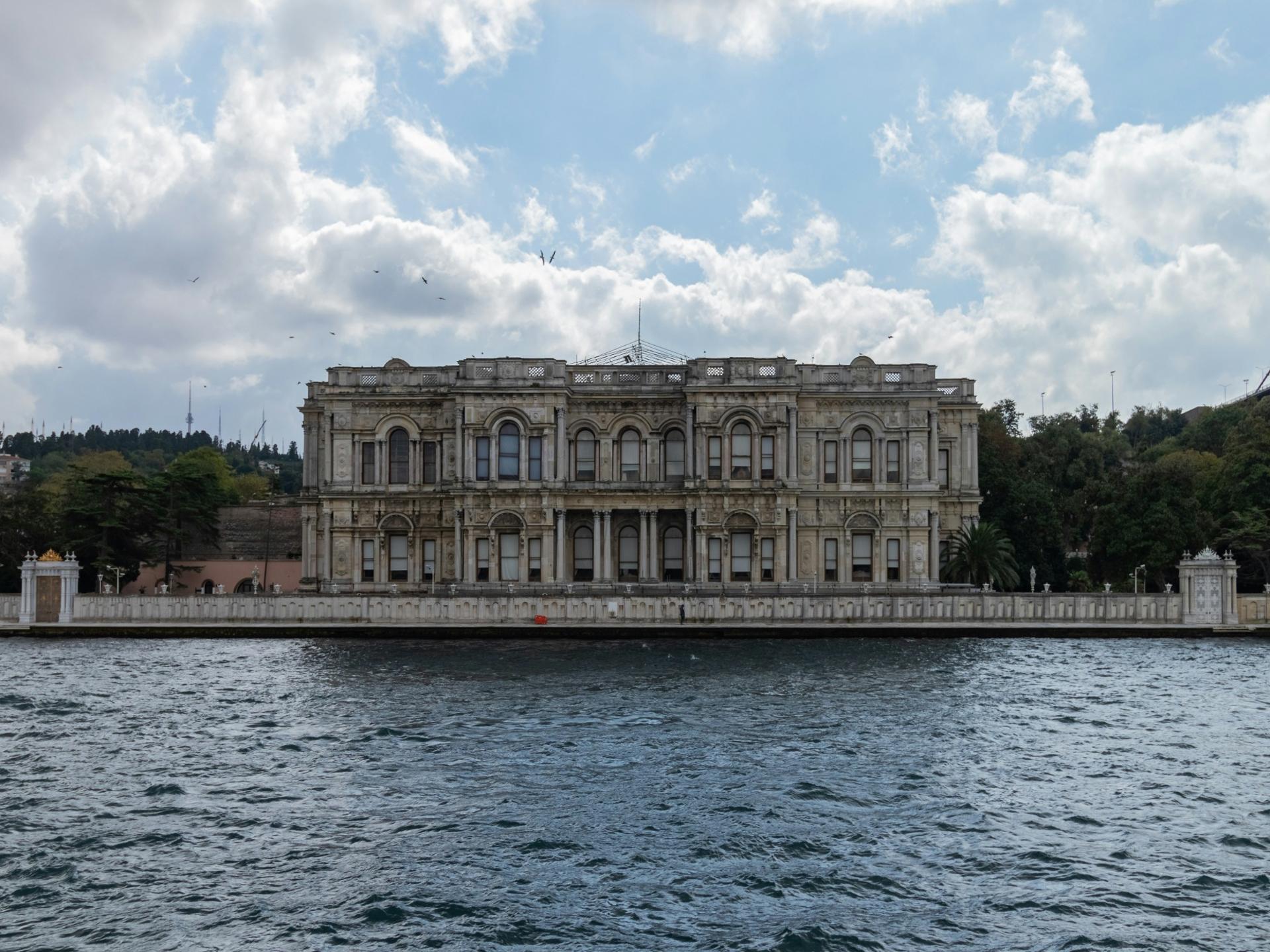



 Türkçe / TR
Türkçe / TR 中国人 / ZH
中国人 / ZH РУССКИЙ / RU
РУССКИЙ / RU عربى / AR
عربى / AR Deutsch / DE
Deutsch / DE Français / FR
Français / FR Español / ES
Español / ES

